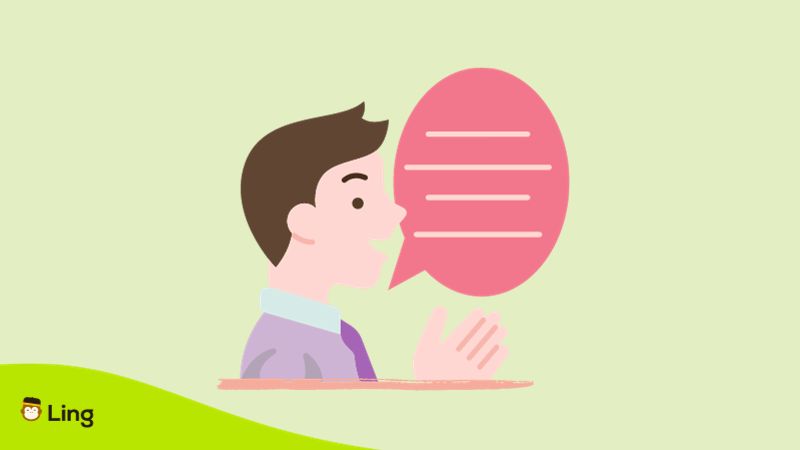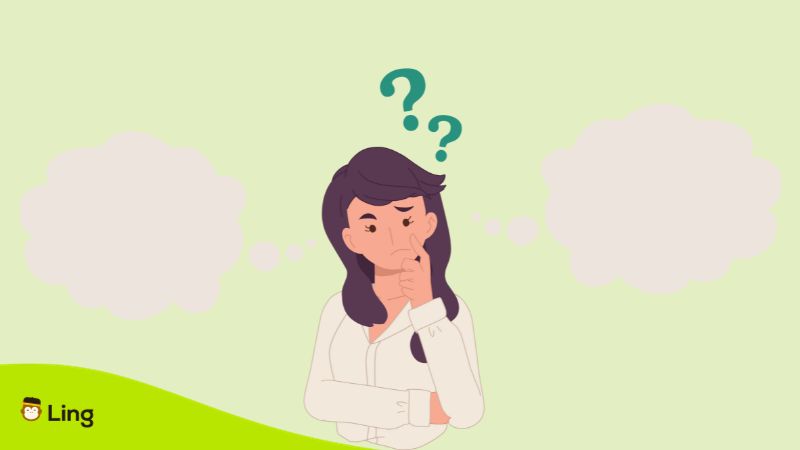Punjabi is a widely spoken language that is spoken in a vast region that is shared between India and Pakistan. As someone deeply immersed in the world of linguistics, I can’t wait to share the secrets of Punjabi with you. So, here’s the question we’ll be exploring together: Is Punjabi a tonal language?
We’re about to start an exciting journey to uncover the know-how of Punjabi’s tonal nature, but let me assure you, this won’t be a dull lecture. Instead, think of it as a friendly chat over a cup of chai spiced with humor, colloquial phrases, and a dash of pop culture references.
The World Of Tonal Languages
Before we start this exploration, it’s essential for us to understand the concept of tonal languages. Now, I bet you’re wondering, what on earth are tonal languages?
Tonal languages, my friends, are a unique subset of languages, often characterized by pitch variations in the pronunciation of words. This means that the pitch, or tone, with which a word is spoken can completely change its meaning. Imagine the same word being a question or a statement just by altering the pitch. Quite the linguistic acrobatics, right?
Punjabi: An Indo-Aryan Gem
Now, let’s talk about Punjabi which belongs to the group of Indo-European languages that includes non-tonal languages like Hindi and Sanskrit. Punjabi, spoken in India and Pakistan, is known for its rich heritage and diverse dialects.
As for the big question of whether Punjabi is a tonal language, the short answer is yes, but not entirely. In Punjabi, the tones play a fascinating role, though not as dominant as in some other languages like Thai, Mandarin, or Lao. In fact, there are only some words that require emphasis on the tones.
Come, let’s explore the Punjabi tone system.

Is Punjabi A Tonal Language: Breaking It Down
Punjabi has three tones: low tone, neutral tone, and high tone. These tones create a musical quality in the language, with each word’s pitch contour determining its meaning.
Now, picture this: a simple word like “ਬੱਲ” (Punjabi pronunciation: “bal”) can have three different meanings based on its tone. This word can mean “hair,” “bull,” or even “strength.” The beauty of Punjabi lies in this tone-induced wordplay, where a slight pitch variation can open up a world of meanings.
To better understand these tones, let’s explore a few examples:
| English | Punjabi | Pronunciation |
|---|---|---|
| Hair | ਬੱਲ | Ball |
| Bull | ਬੱਲ | Bāḷ |
| Strength | ਬੱਲ | Bál |
See how the word “ਬੱਲ” transforms its meaning with different tones? It’s like a linguistic magic show!
My Personal Journey With Punjabi Tones
As someone who grew up listening to Punjabi all around the neighborhood and in school, I can tell you that grasping these tones isn’t as simple as it may seem. It’s a bit like trying to ride a bicycle for the first time – you wobble, you falter, but with practice, you find your balance.
I vividly remember my early attempts at understanding Punjabi tones. It was like learning a new language along with my native language. I stumbled over words, often causing fits of laughter in my friend circle.
Once, when having a conversation with one of my Punjabi friends, I just couldn’t make the head or tail of what he was referring to! I heard “car” or Kāra (ਕਾਰ) while he was referring to “Ghara” (ਘਰ), which means “home.” But why? Because the first sound in “Ghara” is voiced aspirated consonant “Gha” and differs merely by a slight tone when compared to “Kāra” (car/ vehicle). Phew!
It was only after careful listening that I began to decipher the musical code of Punjabi, slowly and steadily.
The Eureka Moments
What fascinated me the most were those ‘eureka’ moments when I realized the true magic of Punjabi tones. Suddenly, I could appreciate the subtle shifts in pitch and how they altered the meaning of words. It was like discovering a hidden treasure chest of linguistic wonders.
The more I dug into Punjabi, the more I admired its unique tonal structure. It gave the language a flavor that was unlike anything else, a trait that set Punjabi apart in the linguistic world.
Comparing Punjabi Tones With Other Languages
Now, Punjabi isn’t the only language that boasts tones. There are others, like Mandarin Chinese, where tones play a crucial role in communication. Just a slight pitch difference and you could be saying “mother” instead of “horse.” Now that’s a tonal tightrope!
In contrast, languages like Spanish or English are non-tonal. In these languages, pitch variations don’t change the meaning of words. So, whether you say “Hello” in a high-pitched or low-pitched tone, it remains a greeting. The simplicity of it all, right?
Punjabi Vs Mandarin
Punjabi and Mandarin are both spoken by millions, but they differ greatly in their tonal systems. Mandarin is a true tonal language, with four distinct tones that can change the meaning of a word. For example, “mā” means “mother,” while “mǎ” means “horse.”
Conversely, Punjabi isn’t considered a tonal language in the traditional sense. While it has tonal elements, especially in the Majhi dialect, the tones in Punjabi often emerge from the loss of consonants and don’t play as crucial a role as in Mandarin. So, while both languages have tonal features, their function and prominence differ significantly.
Punjabi Vs Hindi
For those who’ve explored Hindi, you might wonder how Punjabi’s tones compare to its close cousin, both being Indo-Aryan languages. Well, Punjabi takes the complexity up a notch with its three tones, while Hindi primarily relies on variations in intonation and voice for nuanced communication. It’s like comparing a multi-layered painting to a captivating symphony.

The Tonal Intricacies
In the Punjabi language, tones don’t just appear in one set place in a word. They can pop up at the beginning, middle, or end of a word. Neat, right? This twist makes Punjabi stand out. When trying to get the hang of it, you really need to lend an ear to every little bit of a word. Why? Because just one small sound can flip the script on a word’s meaning. That’s not something you find in every language.
Now, to truly “get” Punjabi, you’ve got to wrestle with these tone twists and turns. It’s not just about the words you say, but the melody with which you say them. When you’re in tune with these tones, Punjabi starts to sound like a song with lovely little surprises.
Thinking of learning Punjabi? Sure, it’s got its quirks with all these tones. But think of it as a fun challenge, like learning to dance to a new beat. Stick with it, and before you know it, you’ll be chatting in Punjabi like a pro!
To Wrap Up
So, is Punjabi a tonal language? Definitely, and we’ve taken a fun trip into the world of Punjabi tones, right? Punjabi has these cool pitch changes, making it sound unique. It’s not super strict like some other languages, which means it has its own special rhythm.
Next time you hear someone chat in Punjabi, think about those cool tones underneath. These tones give words special meanings, tell stories, and share feelings.
As we end our little chat here, I hope you’ve found Punjabi tones pretty interesting. Whether you’re super into languages or just like to learn new things, digging into Punjabi tones is like finding a cool hidden gem. Every word has its little secret!
Learn Punjabi With Ling
When looking for avenues to learn the Punjabi language along with its tonal intricacies, what could be a better option than the Ling app? You see, with Ling, you get to learn all the aspects of language learning – writing, reading, listening, and speaking.
In fact, with Ling’s AI chatbot, you get the best possible help in learning the tones of the Punjabi words being used in a particular conversation. Isn’t that cool?
So, without wasting any more time, go to your App Store or Play Store and download the Ling app now!



































































